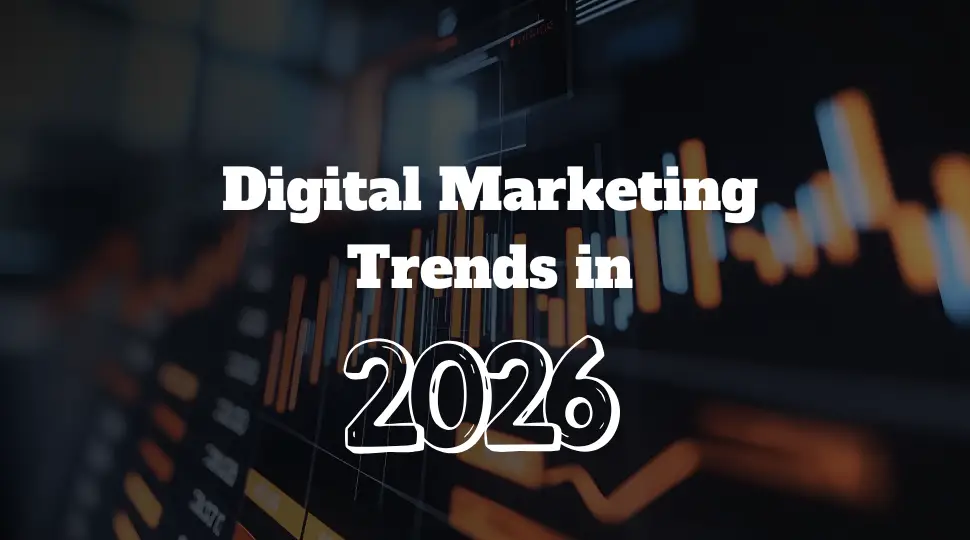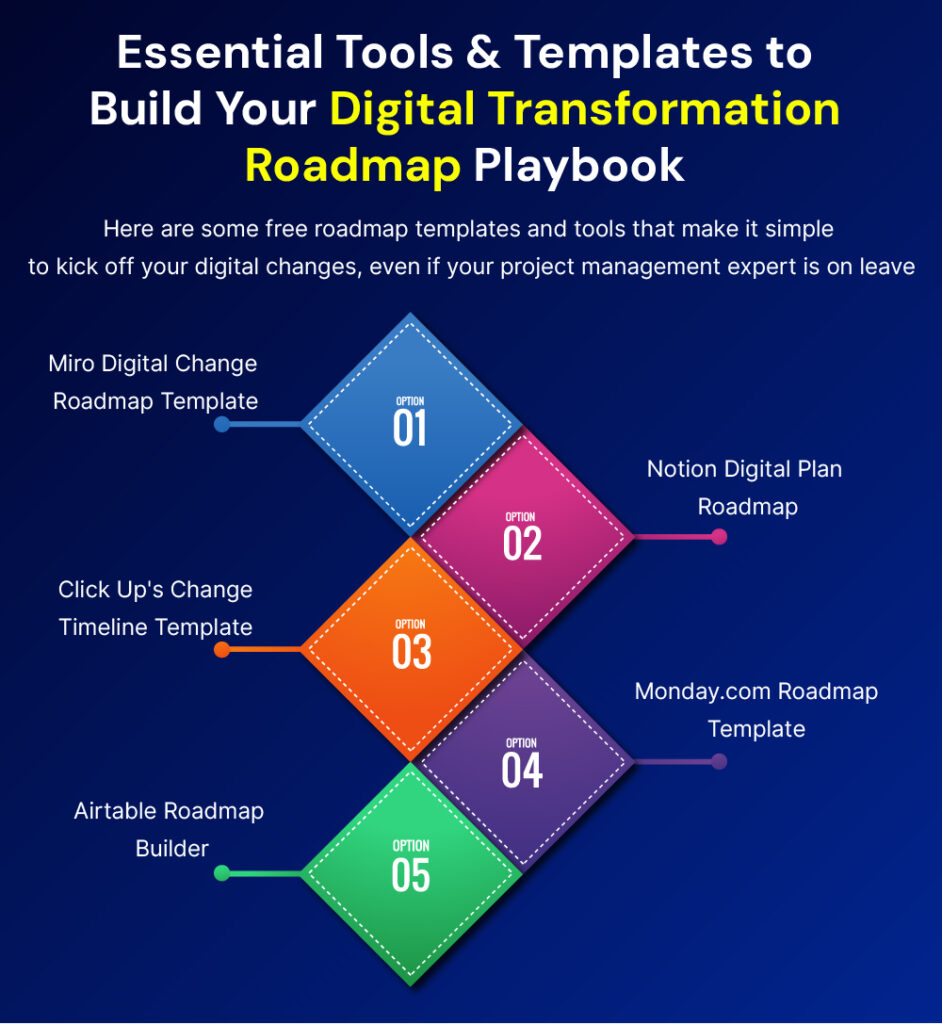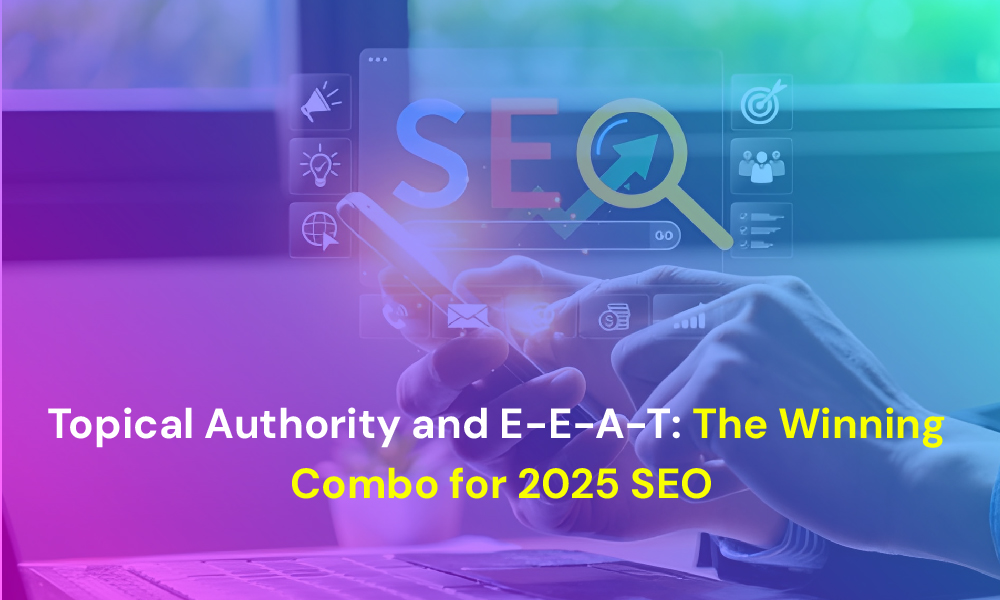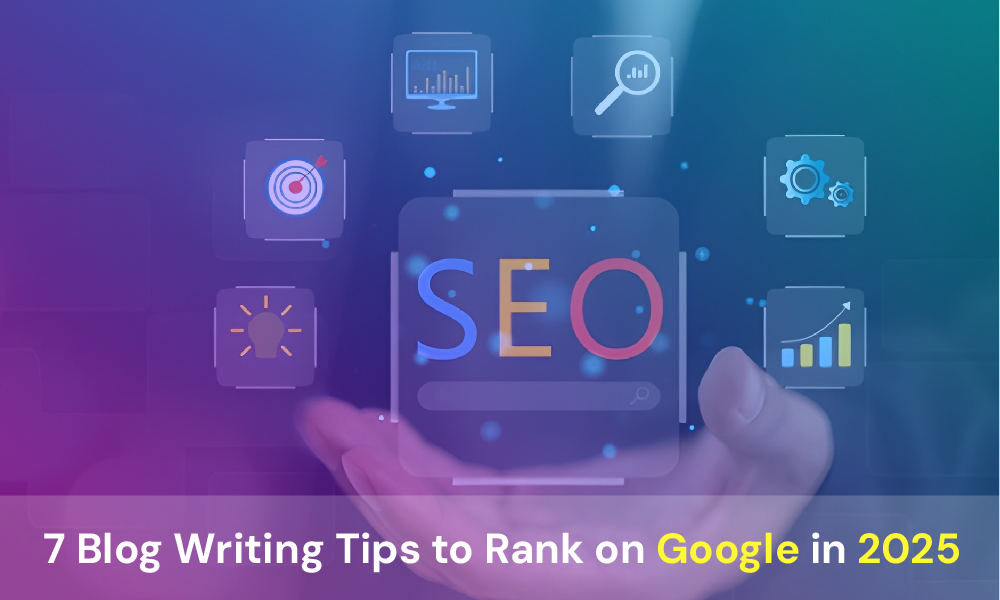
Emerging Tech Trends 2026
If the last few years felt quick, 2026 will be lightning fast. Think about AI that does a real job, quantum computers cracking tough science problems, and devices that learn about your habits to make life easier. The world is changing fast. This blog looks at the top trends for 2026, explained simply. These are key innovations for









